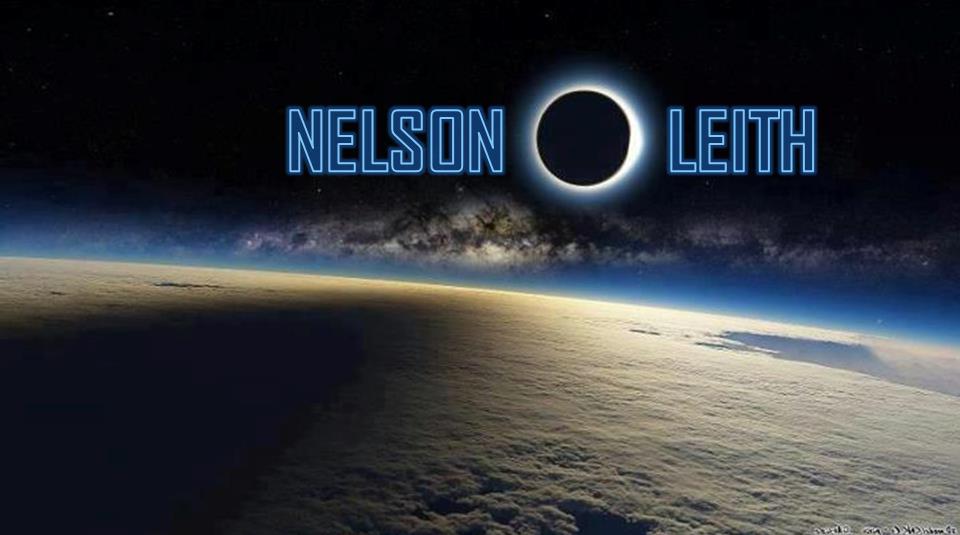
With the recent explosion in the discovery of extrasolar planets, there has been some discussion about the naming convention astronomers use to identify new worlds, a system that some find confusing. To be fair, the system is very scientific: each new object discovered is given an alphabetical identifier suffixed to the name of the primary star. So, the first planet found circling Fulanis (not a real star) would be Fulanis b, the second discovered would be Fulanis c, etc., with Fulanis a being the star itself.
As simple as this system is, however, it’s difficult to appreciate its elegance if you’re not a scientist. And it doesn’t reflect the way humans normally think of places. Imagine if newly discovered islands had been identified this way, with Atlantic b as the first discovered in the Atlantic, Pacific d as the third discovered in the Pacific, etc.
Not very user-friendly. Continue reading

